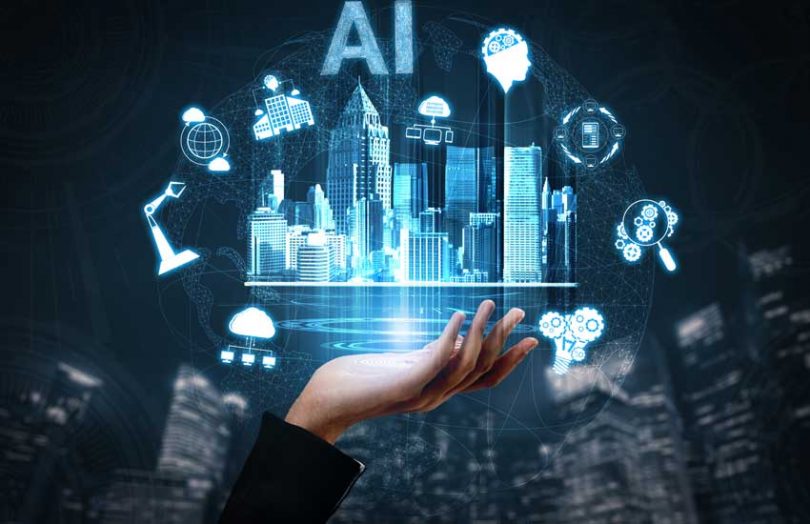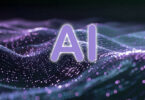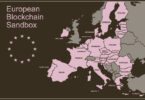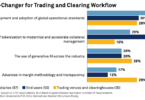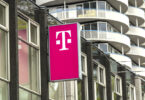The EU Blockchain Observatory and Forum recently published a whitepaper studying the use of blockchain alongside two other emerging technologies —the Internet of Things (IoT) and artificial intelligence (AI). The paper titled ‘Convergence of Blockchain, AI, and IoT’ explores benefits, current trends and challenges of combining the technologies for building new services and platforms.
Blockchain or decentralized ledger technology (DLT) enables the immutability of data, which is the need of the hour for IoT and AI. IoT devices generate data that needs to be securely shared among stakeholders. Meanwhile, AI systems require immutable data to function correctly. Blockchain can provide much-needed support for advancing these technologies and bringing them into the mainstream.
Blockchain and IoT
Internet of Things or IoT refers to connected devices that gather and share data autonomously. Current estimates indicate that there will be over 20 billion IoT devices in operation by the end of 2020 and that this should grow to over 60 billion by 2025.
IoT has been explored or several applications ranging from smart home devices, self-driving cars to autonomous healthcare devices. Due to the variety of ofs use cases, IoT devices and sensors are spread across several sectors, which generate a large amount of data.
Currently, this data is stored on centralized systems, and the whole network needs to be manually controlled and protected against manipulation. Data siloes mean there is a single point of failure which could cripple the entire network. On the other hand, it becomes difficult for owners to share this data in a secure manner, as there is no mechanism to monitor the use of this data.
Blockchain holds the promise of solving several of these issues. Information from IoT devices could be packaged together with the device ID, a timestamp, with a digital fingerprint or hash stored on the blockchain. Due to its decentralized nature, it is hard to manipulate this information, and access is streamlined by using keys. Monitoring the use of keys is much easier than keeping track of large data siloes. Current IoT systems communicate with a cloud server, and then with another device. Blockchain could bypass this and enable secure communication between two devices.
As the data is timestamped and contains a device ID, it is easier to prove the provenance of this data, thus providing greater auditability. Quality of information is essential in machine to machine communication. For example, a traffic monitoring device needs to communicate accurate details to a smart car, which could then suggest alternate routes to the driver of the vehicle.
The paper talks about verifiable identities in the real world. IoT devices such as iris scanners, fingerprint scanners, face recognition devices can be linked to the blockchain to provide a secure link for identification.
Currently, blockchain and IoT are being used together to develop new services. IOTA is building a protocol using DLT for secure data transfer for the internet of things devices. The whitepaper cites other examples such as Airalab, which is building its Robonomics Network on Ethereum to support smart city initiatives.
The convergence of the two technologies is especially beneficial for mobility initiatives. And some companies in the energy sector are developing smart meters, which communicate usage data to a blockchain, thus easing the billing and transaction process.
Blockchain and AI
Turning to Artificial Intelligence (AI), the whitepaper observes that AI is concentrated in the hands of large corporations and organizations. This hampers the development of a broader range of AI systems.
Meanwhile, there is also the problem of data storage and access. For AI systems to function efficiently, they need to connect to various data systems, which could be challenging to achieve. The current data-sharing mechanisms have several vulnerabilities, and it is also challenging to ensure the quality of this data.
Using blockchain, AI systems could access data in a more streamlined manner. Blockchain systems could set permissions to share data.
Meanwhile, owners can be incentivized for sharing data, which could attract more participants. This benefits the AI systems as there is a larger pool of data available.
The whitepaper gives the example of the Ocean Protocol, which is developing a decentralized infrastructure for a data economy for AI systems. Data marketplaces could be created using blockchain, where owners could sell information that can be used for AI. This also levels the playing field for smaller AI developers and researchers, who could easily access trusted sources and services for developing AI systems.
SingularityNET is one such company which is using blockchain for creating an AI network. It enables users to create, share, and monetize AI services through a decentralized marketplace.
Conversely, AI could also benefit the blockchain network by analyzing data for anomalies before it enters the chain. This provides another layer of automation and improves data quality. Another benefit is that AI could audit blockchain transactions and suggest performance-enhancing solutions.
Convergence of technologies for smart cities
For its final study, the whitepaper discusses the use of blockchain, AI, and IoT for developing and managing smart cities. Smart cities are highly complex interconnected systems that combine different technologies for infrastructure services and social and economic systems.
The solutions could be linked together using blockchain, which would serve as an intermediary identity and authorization layer between IoT devices, like sensors, and AI-assisted infrastructure administration systems.
This could facilitate better management of waste disposal, peer to peer energy transactions, improve public transport, and local payment systems. On the other hand, healthcare and other public services could be provided efficiently to the residents of a smart city.
Challenges
While the whitepaper discusses different models for AI and IoT implementation with blockchain, there are several challenges and risks. First and foremost is the maturity of technology for convergence of the three systems. There is also the issue of interoperability, which needs a standardized approach.
Even though the technology hurdles could be solved in time, there needs to be legal and regulatory backing to these systems. Blockchain is decentralized, open, and often permission-less, which raises a number of legal issues. There needs to be robust governance and privacy protection mechanism to address these issues.
Lastly, the paper recommends regulating the activity powered by these emerging technologies and not the technology itself.
The Convergence Alliance, initiated by Outlier Ventures, aims to explore the intersection of the technologies. Founding members include Jaguar Land Rover, SAP and Deutsche Telekom’s T-Labs.

